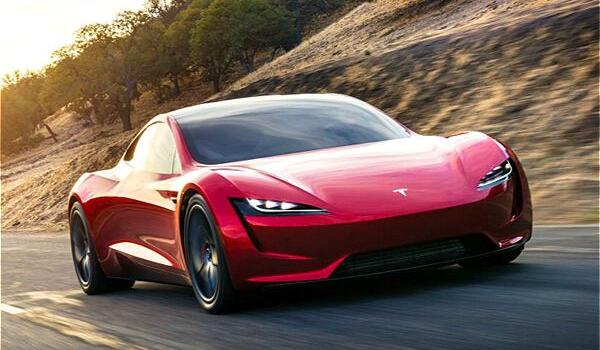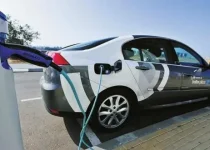How can governments and utilities support the expansion of electric vehicle charging infrastructure?

Governments and utilities can support the expansion of electric vehicle (EV) charging infrastructure in several ways. Collaborative efforts can help address the challenges of EV adoption and create a more sustainable transportation ecosystem. Key actions include:
- Financial incentives: Governments can provide funding, tax credits, or rebates to support the development and installation of charging infrastructure, making it more financially viable for businesses and property owners to invest in charging stations.
- Public-private partnerships: Governments can collaborate with private companies and utilities to develop and expand charging networks, leveraging the resources and expertise of both public and private sectors.
- Streamlining permitting processes: Simplifying and expediting the permitting processes for charging station installation can encourage more businesses and property owners to invest in charging infrastructure.
- Zoning and building codes: Governments can update zoning regulations and building codes to require or encourage the inclusion of EV charging stations in new developments, multi-unit dwellings, and commercial properties.
- Public charging installations: Governments can support the installation of charging stations in public locations, such as parking lots, parks, government buildings, and transit hubs, making charging more accessible to the public.
- Utility rate structures and incentives: Utilities can offer special rate structures or incentives for EV charging, such as time-of-use rates or off-peak charging discounts, which encourage charging during periods of low electricity demand and help balance grid load.
- Grid modernization: Utilities can invest in grid modernization efforts to accommodate the increased electricity demand from EVs and ensure reliable power supply for charging infrastructure.
- Integration of renewable energy: Governments and utilities can promote the integration of renewable energy sources, such as solar and wind power, with EV charging infrastructure, further reducing the environmental impact of transportation.
- Vehicle-to-grid (V2G) technology: Supporting the development and implementation of V2G technology can enable EVs to serve as a distributed energy resource, feeding energy back into the grid during peak demand or when renewable energy generation is low, helping stabilize the grid.
- Education and outreach: Governments and utilities can work together to educate the public and stakeholders about the benefits of EVs and charging infrastructure, addressing misconceptions and raising awareness of available incentives and opportunities.
- Supporting innovation: Governments can invest in research and development of advanced charging technologies, such as ultra-fast charging and wireless charging, which can improve the convenience and accessibility of EV charging.
By taking these actions, governments and utilities can help accelerate the expansion of electric vehicle charging infrastructure, making EV adoption more attractive and convenient for consumers and contributing to a more sustainable transportation future.


